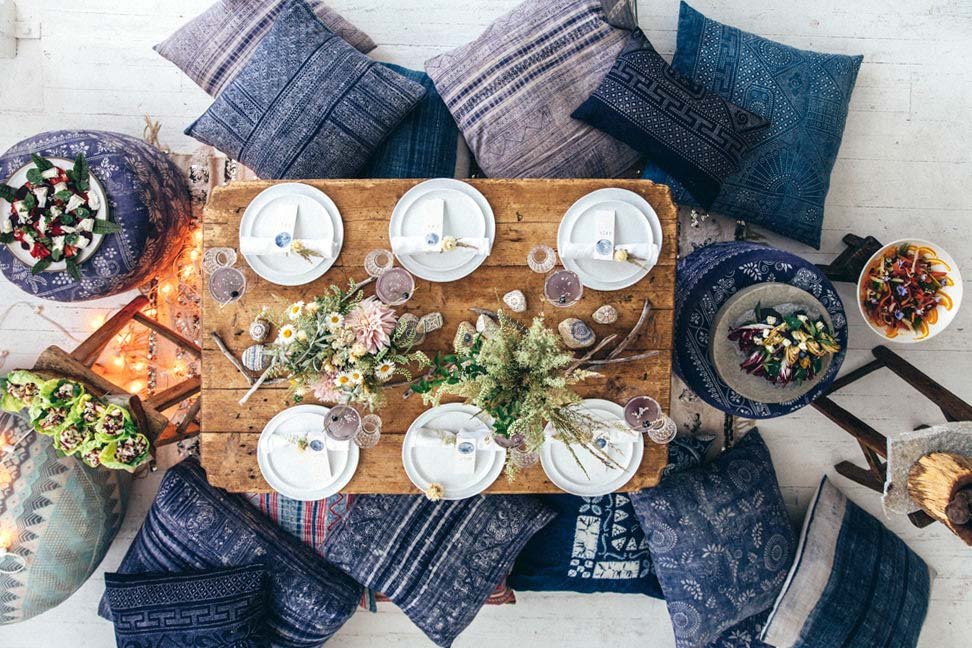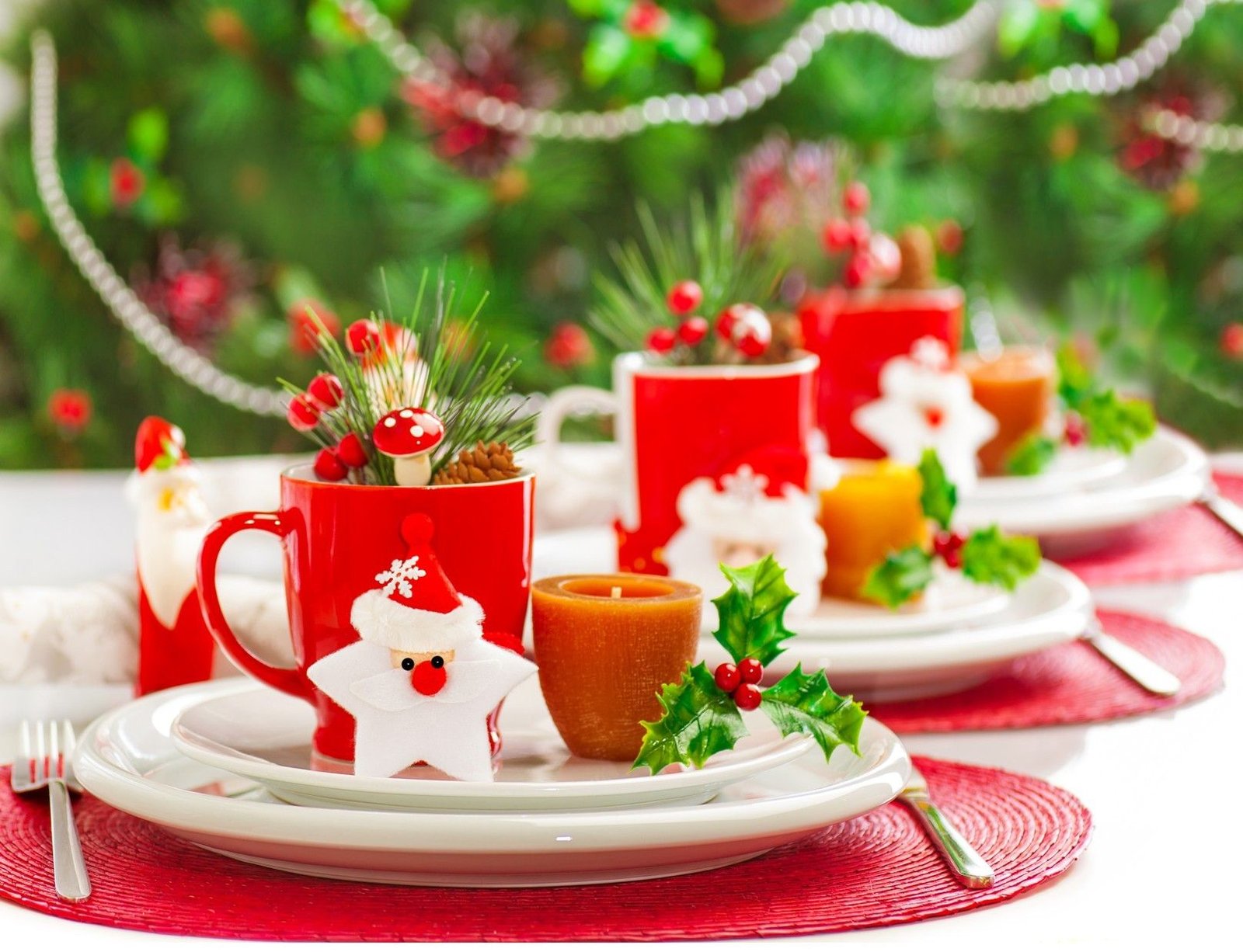Chinese money tree – a rare houseplant with high decorative value
What many flower lovers simply Pilea (Pilea peperomiodes) call it, for others it is a Chinese money tree. In order to dispel all doubts, we want to clarify one thing in advance. This beautiful decorative houseplant is known by various names. For example, it is often also called the ufo plant, missionary plant or pancake plant. This rarity among the green roommates at home is also known as the Glückstaler or the belly button plant. All of these names are actually completely justified, because they refer to the external characteristics of the leaves of the pilea. These are shaped like a talon and resemble flying saucers. The slightly shiny green leaves of the UFO plant are arranged on a long stem. It is also assumed that they really look like a navel at the light green base of the stem. Find out below exactly where the Chinese money tree comes from and what it symbolizes. We also give you important care tips so that you can enjoy this rare houseplant for many years to come!
Chinese money tree is an extraordinary and very interesting houseplant.
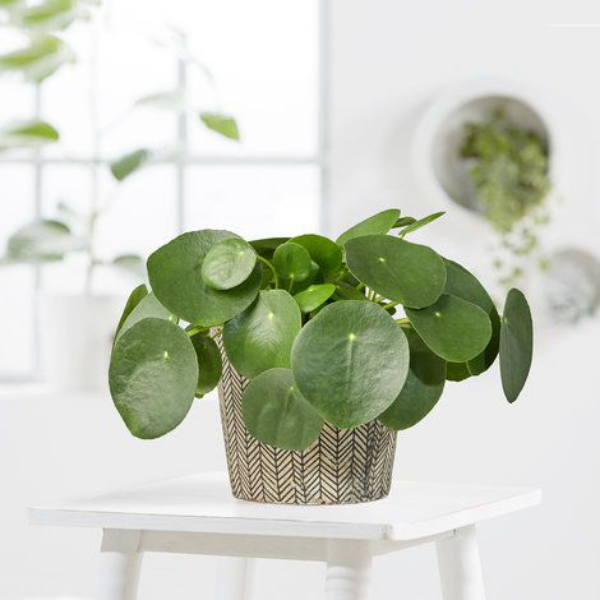
Chinese money tree – origin and symbolism
As the name Chinese money tree suggests, this plant originally comes from Southeast Asia, more precisely from China. There it is widespread and very popular. The ufo plant grows in nature in its home and reaches an enviable height. In Germany, the pilea is a welcome guest in the interior, because it is only grown as a houseplant. It is even said to have air-purifying properties. The plant came to Europe in the 1950s. At that time a Swedish missionary took the lucky thaler with him, which is why it is also called the missionary plant. Although the lucky thaler does not come with the money tree (Crassula ovata) is related, but rather belongs to the nettle family, it has positive symbolism. In his home country China, the lucky thaler is a symbol of wealth, success and luck. This means that the Pilea is definitely one of the green lucky charms among the plants that people like to care for at home.
If you are looking for a rare decorative houseplant …
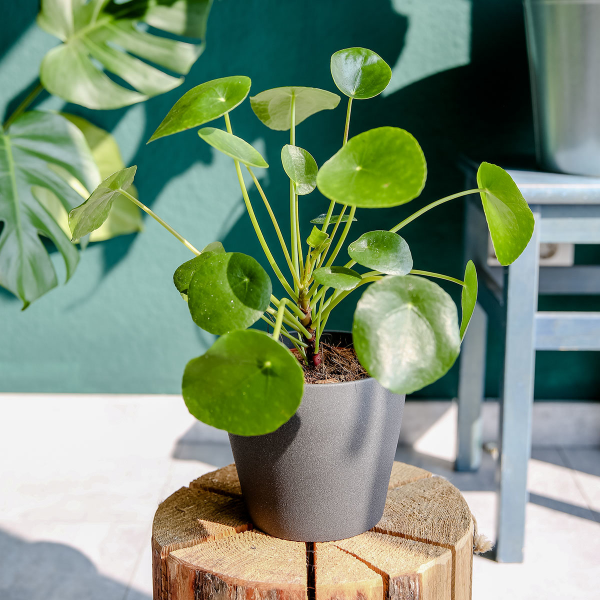
… then a Chinese money tree can be the right choice for you!
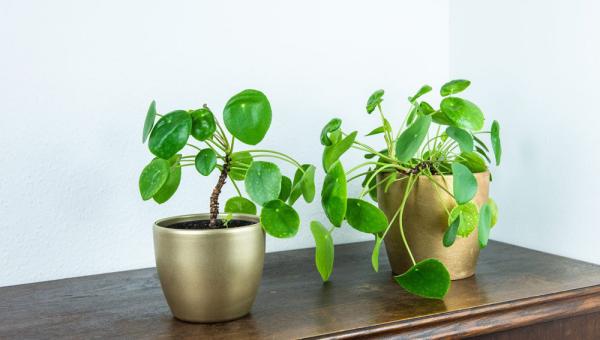
Important tips for caring for the Chinese money tree
In order for your Chinese money tree to fully develop its decorative beauty in your four walls, you must consider a few care tips for this rarity among green house plants. We present them to you at a glance:
- Location: Your Chinese money tree can grow around 40 cm high at home and also reach a width of 30 to 40 cm. The attractive houseplant needs a suitable location for this. The Glückstaler likes it bright and warm, but must not be exposed to direct sunlight. Although the missionary plant tolerates the sun well, the shiny green leaves may fade if the sun is too strong. Therefore, choose a place in partial shade, where this houseplant will feel right at home.
- Extra tip: Since the leaves of the Chinese money tree always stretch towards the sun, it is necessary to regularly turn the plant towards the sun. How to avoid uneven growth!
Your Chinese money tree needs a sunny to partially shaded location.
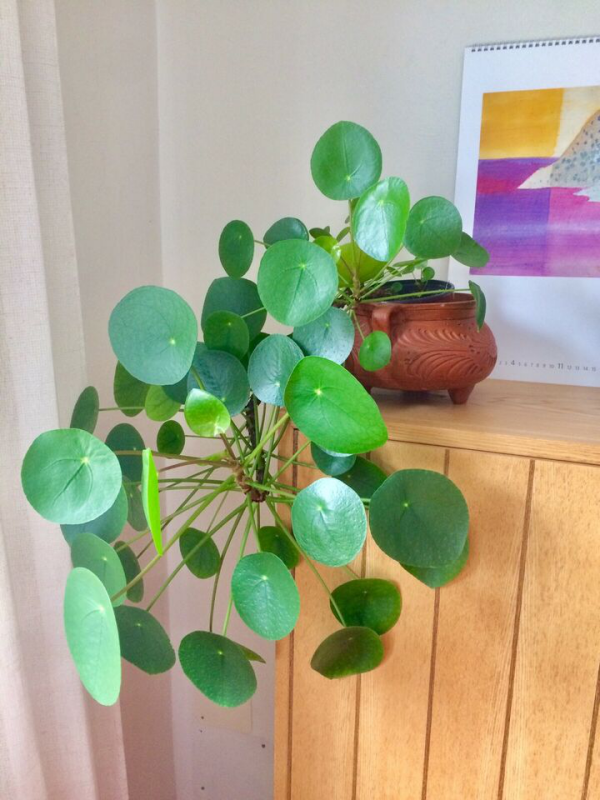
- Temperatures: The Glückstaler prefers room temperatures between 15 and 18 degrees C. The plant can also overwinter well in your home at these degrees. A cooler room can also be an appropriate winter animal for the belly button plant.
- Watering and fertilizing: Keep the soil of the Chinese money tree moderately moist. Never pour over the leaves, but directly into the soil. Avoid standing water, as this can cause the roots to rot. Fertilize once every two weeks. Use a fertilizer for green plants.
- Repot and propagate the Chinese money tree: We recommend repotting the Glückstaler once a year when the plant is still young. Take care of the roots, because they are particularly sensitive! Older plants can stay in the same pot for up to three years before they can be repotted.
The lucky thaler is a lucky charm among indoor plants.
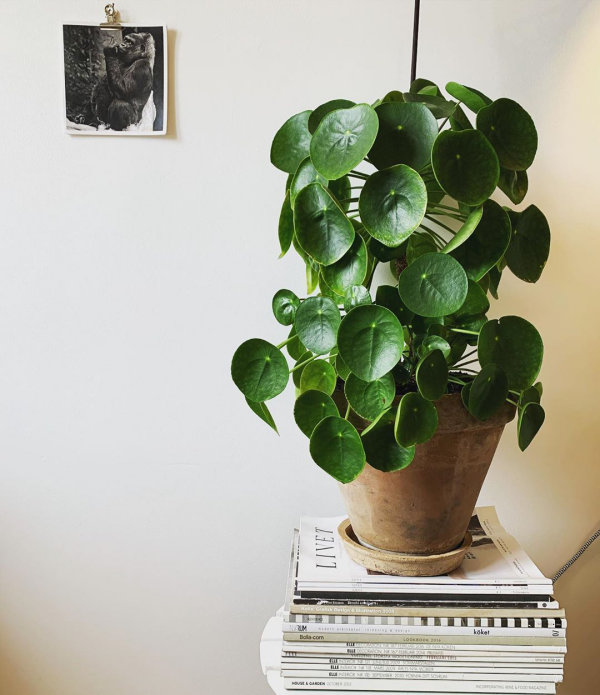
Cuttings shouldn’t necessarily stand in water until they take root.
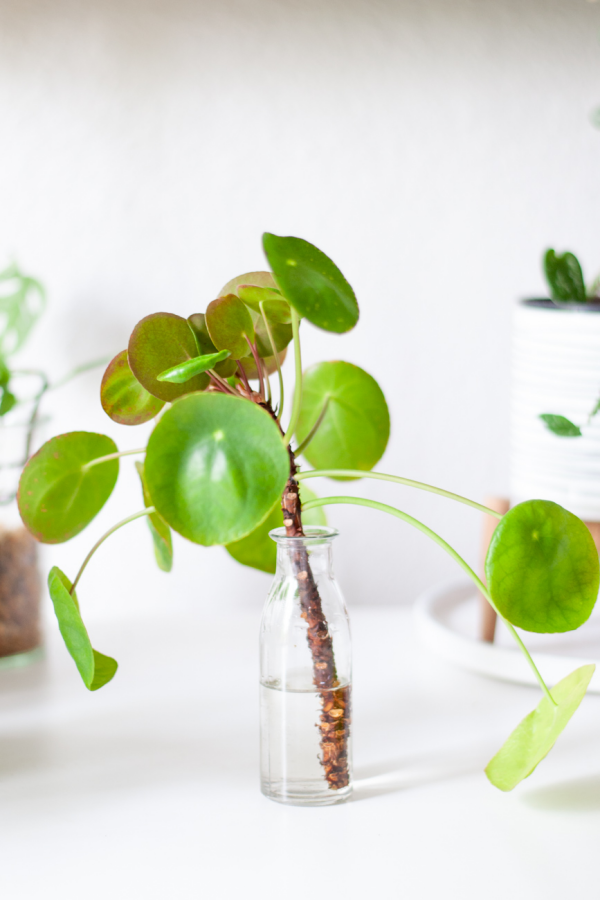
- Propagation: The lucky thaler can easily be increased. The plant forms cuttings that are about 4-5 cm long. These can be cut and planted directly in new soil.
- Extra tip: The belly button plant is very rarely attacked by pests. She is also spared from diseases!
As you can see, the Glückstaler is a decorative and rather robust houseplant. A Chinese lucky coin quickly turns into a definite eye-catcher in your home. If it is in the right place and well cared for, it will delight you with its green tallow-shaped leaves for many years to come. And will definitely bring you good luck and fortune! We want to wish you that!
The lucky thaler is a beautiful eye-catcher in the room.
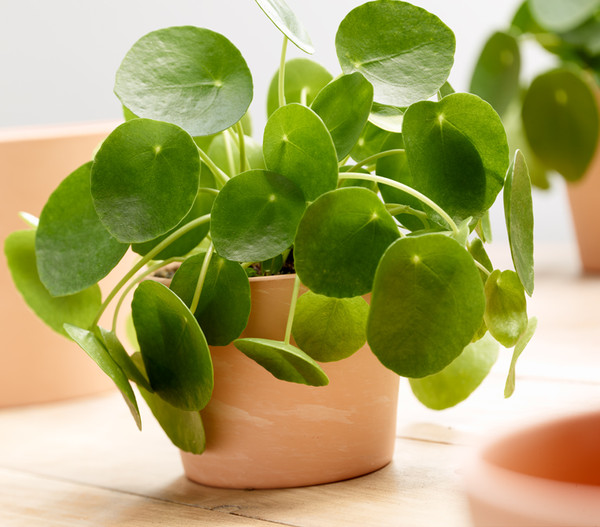
At home, the UFO plant can grow up to 40 cm high.
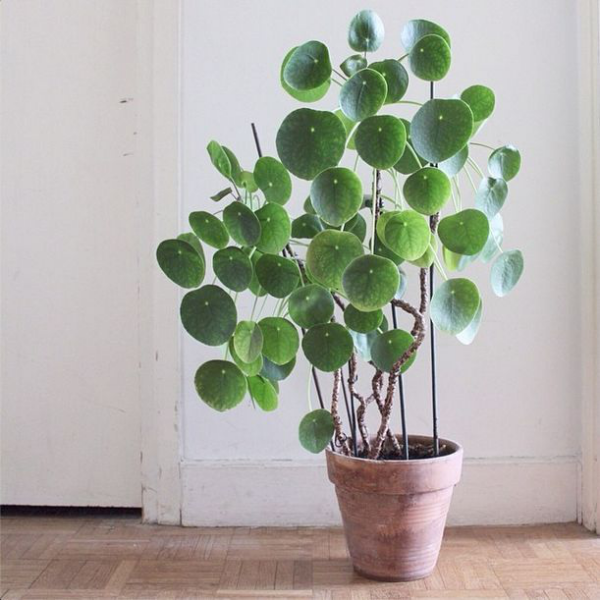
This attractive potted plant is a perfect gift idea!
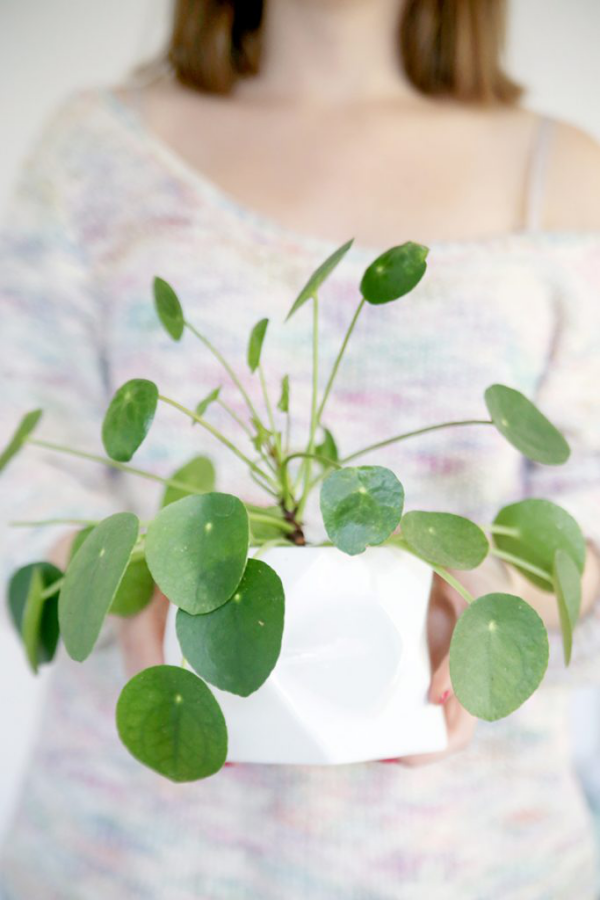
Visit the rest of the site for more useful and informative articles!


